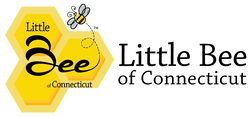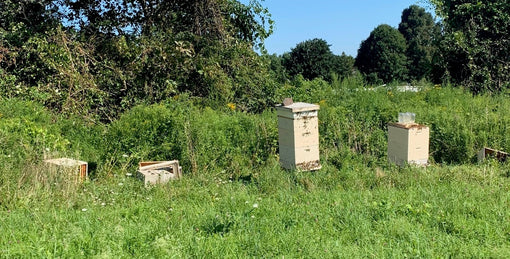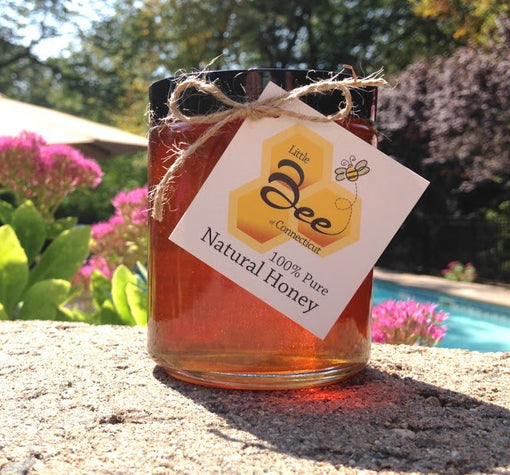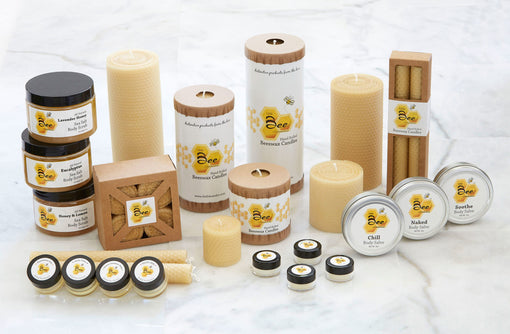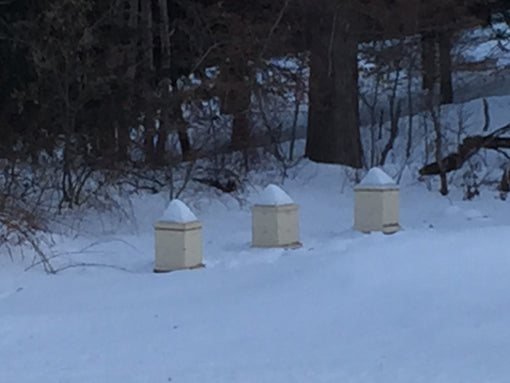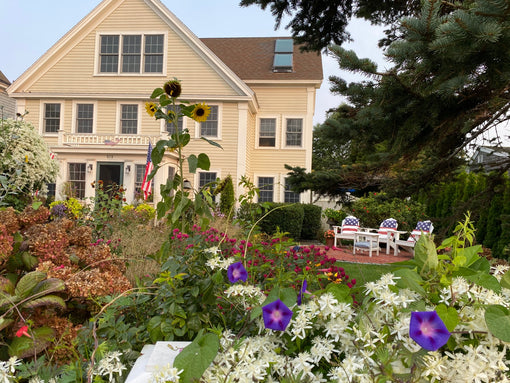
- Article published at:
- Article author: Web Dev
- Article tag: farming
- Article comments count: 0
Regenerative Farming from ‘Organic’ to ‘Regenerative Organic’ – It Starts in the Soil
What does ‘regenerative farming’ really mean? Well, It’s the process of replenishing nutrients in plots of land that have been exploited for decades and then ultimately repairing the damage. It can completely transform a landscape and return biodiversity to an otherwise starved landscape. It’s a new higher level of standard that must be met by farmers, and affects animal health, soil health and the wellbeing of humans.
You can’t talk about regenerative organic agriculture without first giving a nod back to the organic foods boom in the late 1990’s. The Rodale Institute in Pennsylvania helped define the organic standards to which farms are held by the USDA. Rodale has also taken to rebranding the former organic philosophy as regenerative agriculture. The new certification is called “Regenerative Organic Certification”, which can only be given after a brand receives organic certification (under a USDA certifier). The term “regenerative organic” was coined by Robert Rodale, son of J. I. Rodale, former head of the Rodale Institute.
“Rodale Institute maintains that regenerative farming holds the potential to heal nearly every dimension of our society. And it starts in the soil.” — foodtank.com “Our Healing Begins in the Soil”
Now, this particular topic is not specifically focused on pollinators and our ever-favorite topic of saving the bees, but when you get down to the root of it (pun intended), everything begins in our soil. The very things we need to survive come from the stuff. And, if our soil is suffering, so will the pollinators, our food sources and ultimately…us!
This new agricultural standard is beginning to infiltrate all markets (even fashion and skincare) and is becoming more mainstream. It is not seen as a trend, but something that is here to stay. Thank goodness for that.
Regenerative Practices Will Heal and Repair the Land
Large companies, such as PepsiCo, General Mills and Nestlé all have plans to put regenerative practices in place in the foreseeable future. These plans will affect millions of acres of land, and the farmers that work the land will receive the support they need to help them transition as well.
The same article goes on to explain, “Regenerative practices biologically create more surface cover for plants, end erosion, and increase beneficial microbial populations near the soil’s surface, where plants grow. When the soil microbiome is healthy, it protects plants from droughts or pests and can even stave off pathogens by producing toxins that trigger the plants to defend themselves.”
When the soil is healthy, the plants are healthy. And, when the plants we eat are healthy, they produce antioxidants which are the chemicals that have been shown to slow the growth of cancer cells and boost our immune systems.
Regenerative Organic Certification is designed to hold brands accountable to this higher standard which will help the farmed soil yield healthier plants and allow the plots of land to regenerate faster and better than those treated chemically.
Read about the 7 Principles of Regenerative Agriculture here.
We can also call them the 7 P’s! Pluralism, Protection, Purity, Permanence, Peace, Potential, and Progress. Full details in the article above, and each one makes us smile.
We find all of this very promising and exciting for the future of Planet Earth! We have to live in harmony with nature, not destroy it.
Other Surprising News Surrounding Regenerative Organic Agriculture
There is so much to learn on this topic, and we are only scratching the very surface. This quote was also one that gives such promise for the future. The data is surfacing that shows such other benefits of regenerative agriculture practices.
“Perhaps most significantly, the protection offered from healthy soils applies to the vitality of our economic systems too. The Organic Trade Association released a study identifying “organic hotspots” in the United States…counties that have high levels of organic agricultural activity… According to the study, the poverty rate for an organic hotspot drops significantly… median income increases by US $2,000…”. —foodtank.com “Our Healing Begins in the Soil”
We will end on this note…where it all began.
The practices that now define regenerative agriculture began with indigenous people and their deep connections to the land they farm. This connection allows them to work with nature rather than against it. Their way of farming has always been an active learning process, without one set solution, which allowed practices and traditions to change and grow as the land around them changed. We see such similarity in regenerative farming processes building on this respect for the land and the sustenance it provides for us all. We are hopeful for the future it will provide for all living creatures.
Please visit us on Instagram or Facebook for daily posts and updates.
Honeybees are the livelihood of Little Bee of CT and so many other loyal beekeepers around the world. Without these busy, magnificent creatures, approximately one-third of our food supply would be jeopardized due to lack of cross-pollination.
Thank you again for supporting the bees and for supporting Little Bee of CT. Visit our site to learn more about our company and our products!
Learn More
